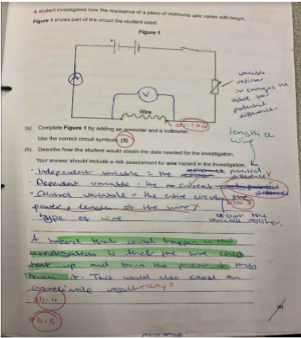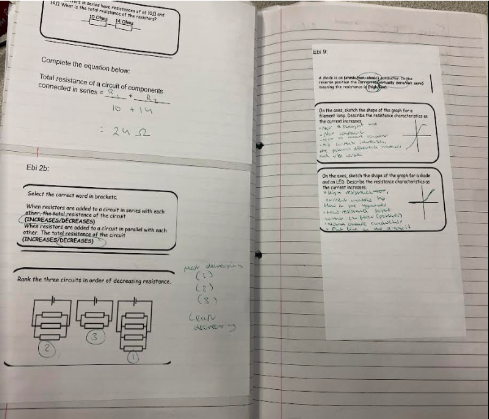Parents Guide to Assessment
At Chessington School we use the term ‘feedback’ to cover all types of comments and assessment that enable students to make progress. We believe that all feedback should:
- inform student progress
- have a positive impact on student outcomes
- be a good use of teachers’ time
Teachers recognise that feedback is an essential part of their role, as outlined in the DfE Teachers’ Standards:
- A teacher must make accurate and productive use of assessment
- know and understand how to assess the relevant subject and curriculum areas, including statutory assessment requirements
- make use of formative and summative assessment to secure pupils’ progress
- use relevant data to monitor progress, set targets, and plan subsequent lessons give pupils regular feedback, both orally and through accurate marking, and encourage pupils to respond to the feedback
Principles
A teacher should only write on a student’s work if it is going to impact progress.
Other than a tick for completion, a teacher should only write in books if…
- they are pointing out a good attribute that a student must continue to use (a What Went Well or WWW)
- they are pointing out an area for development (an Even Better If or EBI)
- they are pointing out a literacy error – please see Literacy codes
- Where verbal feedback is given teachers should only record the feedback if it will reinforce the implementation of the next step, not purely for the benefit of people looking at exercise books.
- Students will track feedback on their yellow sheets which are stuck in books/ saved in folders. These also track when improvements and progress has been made.
Forms of feedback
Young people at Chessington School will be able to tell you about many forms of feedback that we use. These include:
- Oral feedback (teacher explanation)
- WWW (what went well) and EBI (even better if) statements
- Coded marking - where a student is given a code that links to a WWW or an EBI.
- Peer assessment - where another student marks the work based on shared success criteria
- Self assessment - where students mark their own work based on shared success criteria
- Highlighting - where great examples are highlighted in one colour (green) and parts that need improvement are highlighted in another colour (pink).
Frequency of Feedback
Teachers will all give feedback at different points throughout the unit or term for different subjects and year groups. This is to ensure that marking is spread evenly for teachers to help to reduce workload.
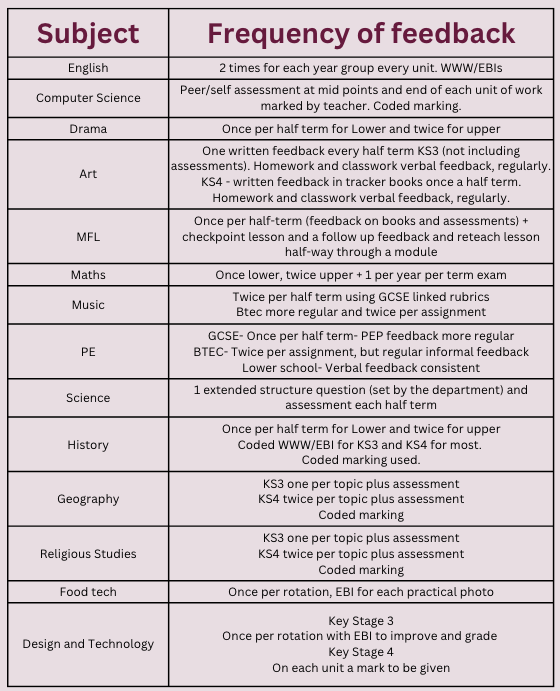
Impact of Feedback
Feedback is not effective unless it has had a positive impact on students’ progress. Teachers should ensure that students have been given opportunities to act on feedback and monitor whether they have used these opportunities effectively.
These opportunities may take different forms according to the subject area and topic being studied, for example:
- Re-drafting sections of work in light of the feedback
- Correcting misconceptions or errors
- Answering challenge questions that promote greater depth of understanding
- Acting on the targets in subsequent pieces of work
Spelling, punctuation and grammar
At Chessington School we have high standards of literacy for our pupils. Teachers may use these symbols to indicate that spelling, punctuation or grammar needs to be corrected.
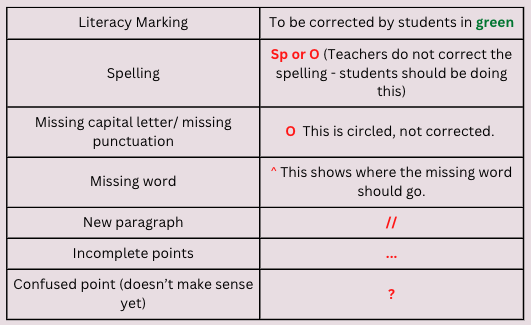
Commitment to Learning
Students will use the acronym THUD in their lessons to promote pride in classwork. This stands for:
- Title
- Handwriting
- Underline
- Date
Examples
Below are some examples of subjects with pictures of what marking will look like in their subject.
In English, we give feedback twice per unit. Once at a mid point and once as an assessed piece. We use WWW and EBI feedback and mostly mark large 30 or 40 mark essay questions which assess everything the students have learnt up to that point.
A picture of a great example:
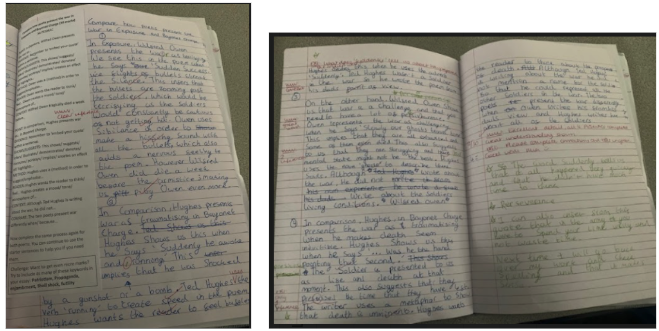
In Catering and food technology we give feedback verbally weekly for each practical. We use coded WWW/EBI feedback which is all marked on our Google Classroom.


In MFL (Languages) we give feedback twice per half-term/module.
The types of marking we use are individual feedback through assessments in the form of coded marking (which takes place once per half-term) and a whole class WWW/EBI when books are looked at twice per half-term: once when the feedback for assessments happens and once through a checkpoint task and its follow up feedback and reteach lesson.
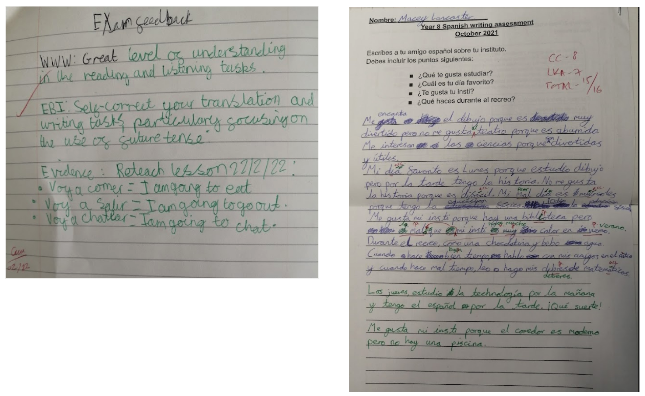
In Science we mark extended pieces of writing and assessments for KS3 and 4. For the extended writing use whole class feedback sheets with marking codes for WWWs and EBIs. These are then recorded on their yellow trackers. The whole class feedback sheets are sometimes used in conjunction with highlighters WWW (green) and EBI (pink). Students will respond to this feedback to improve.
